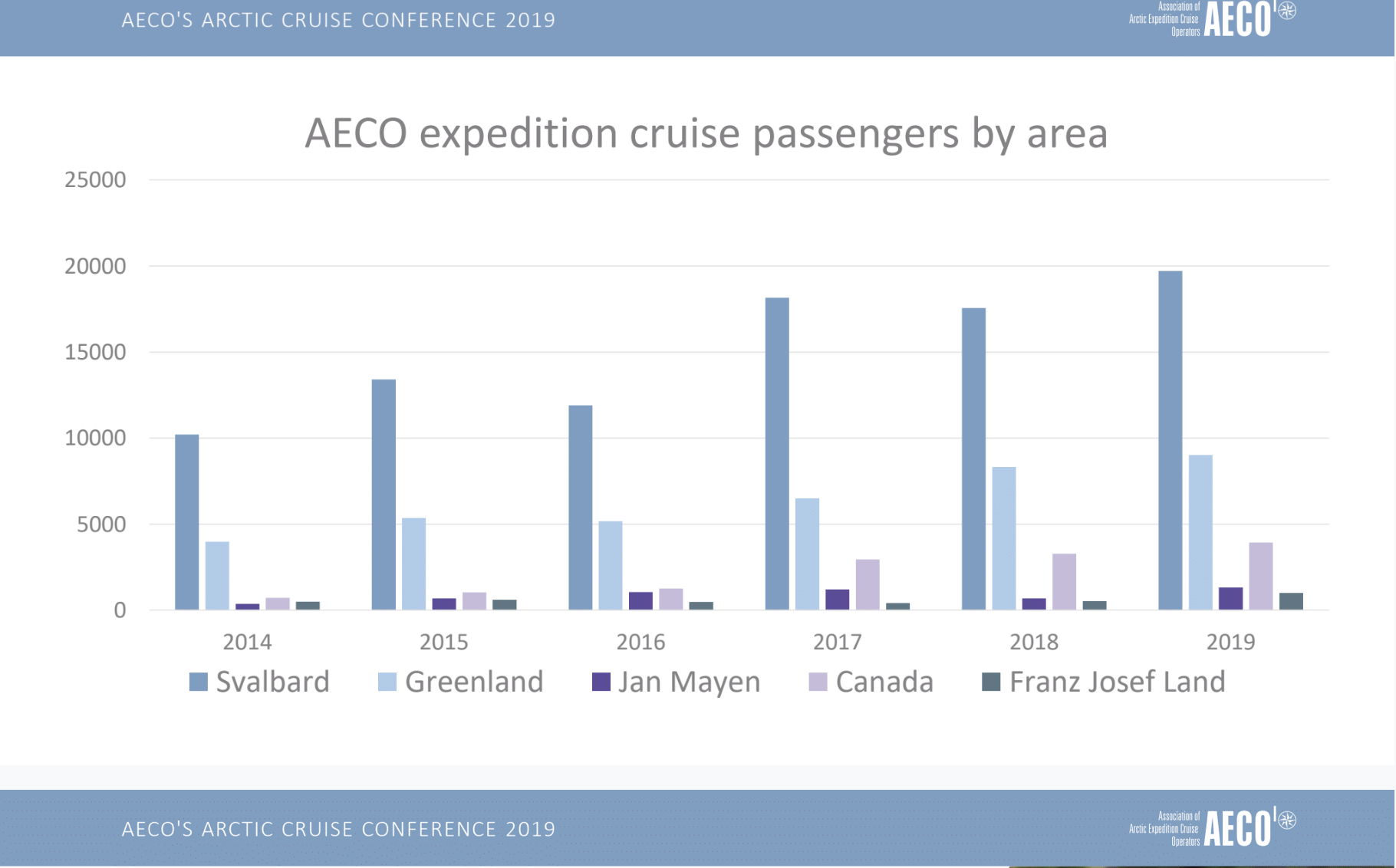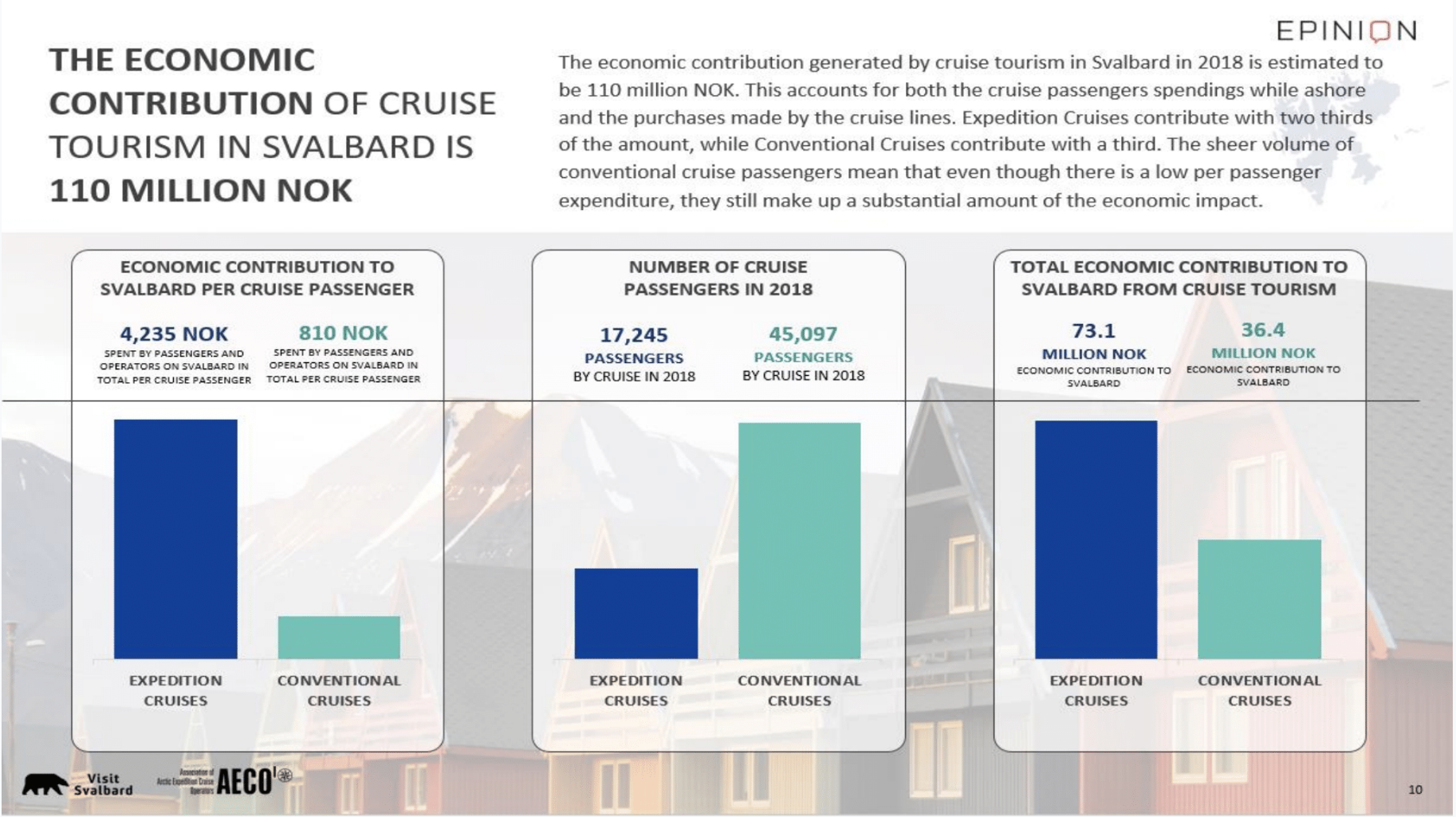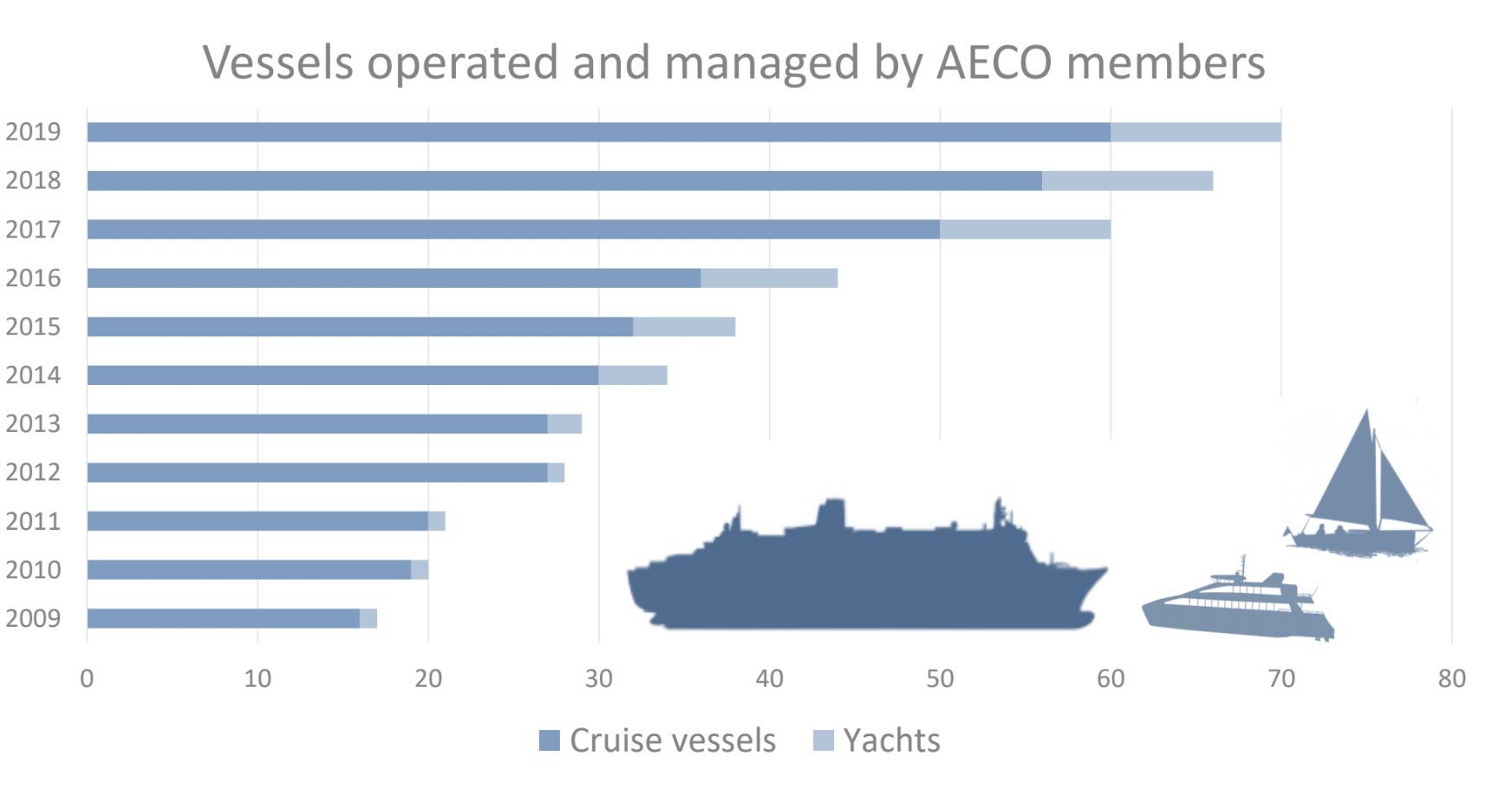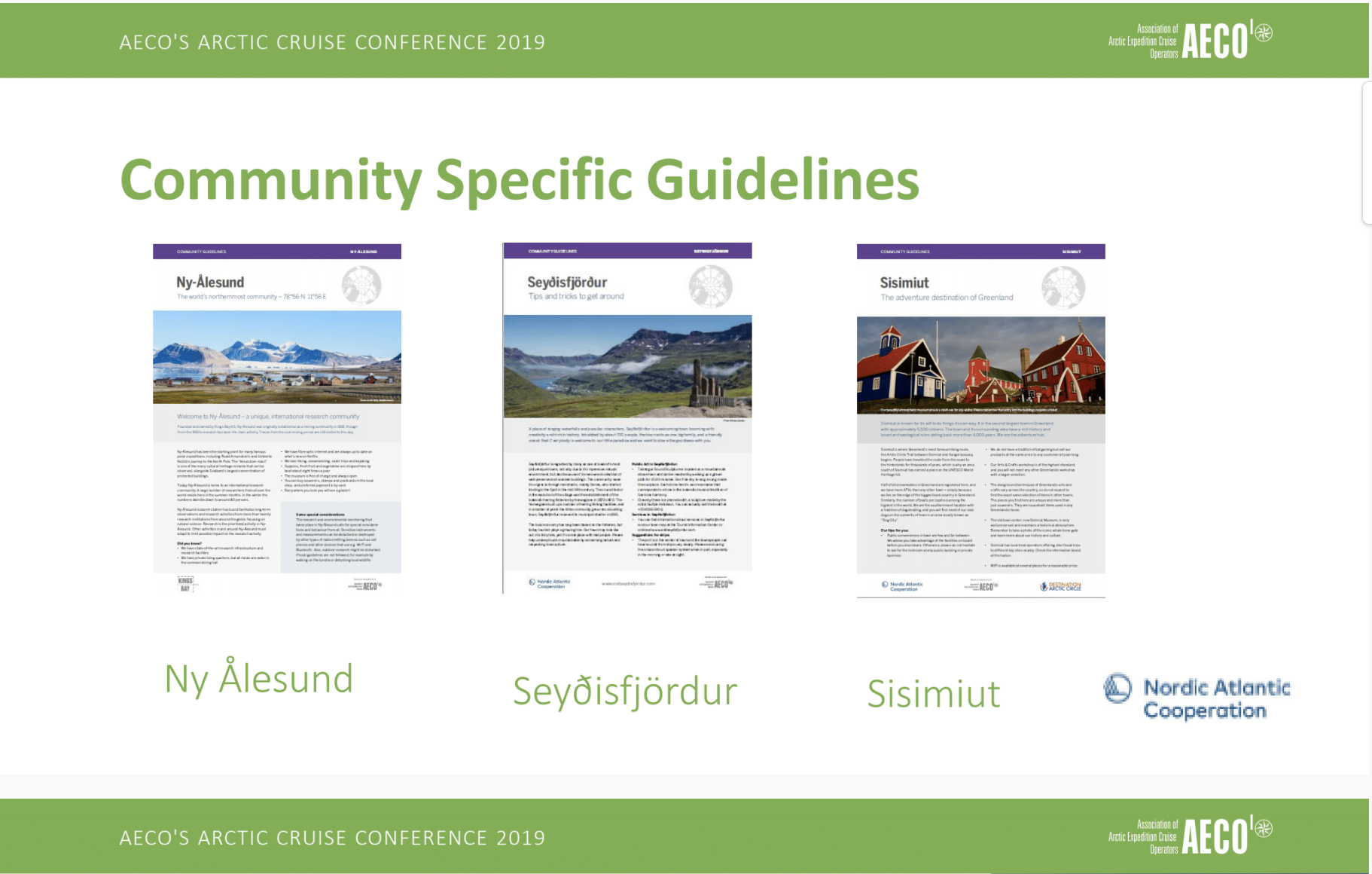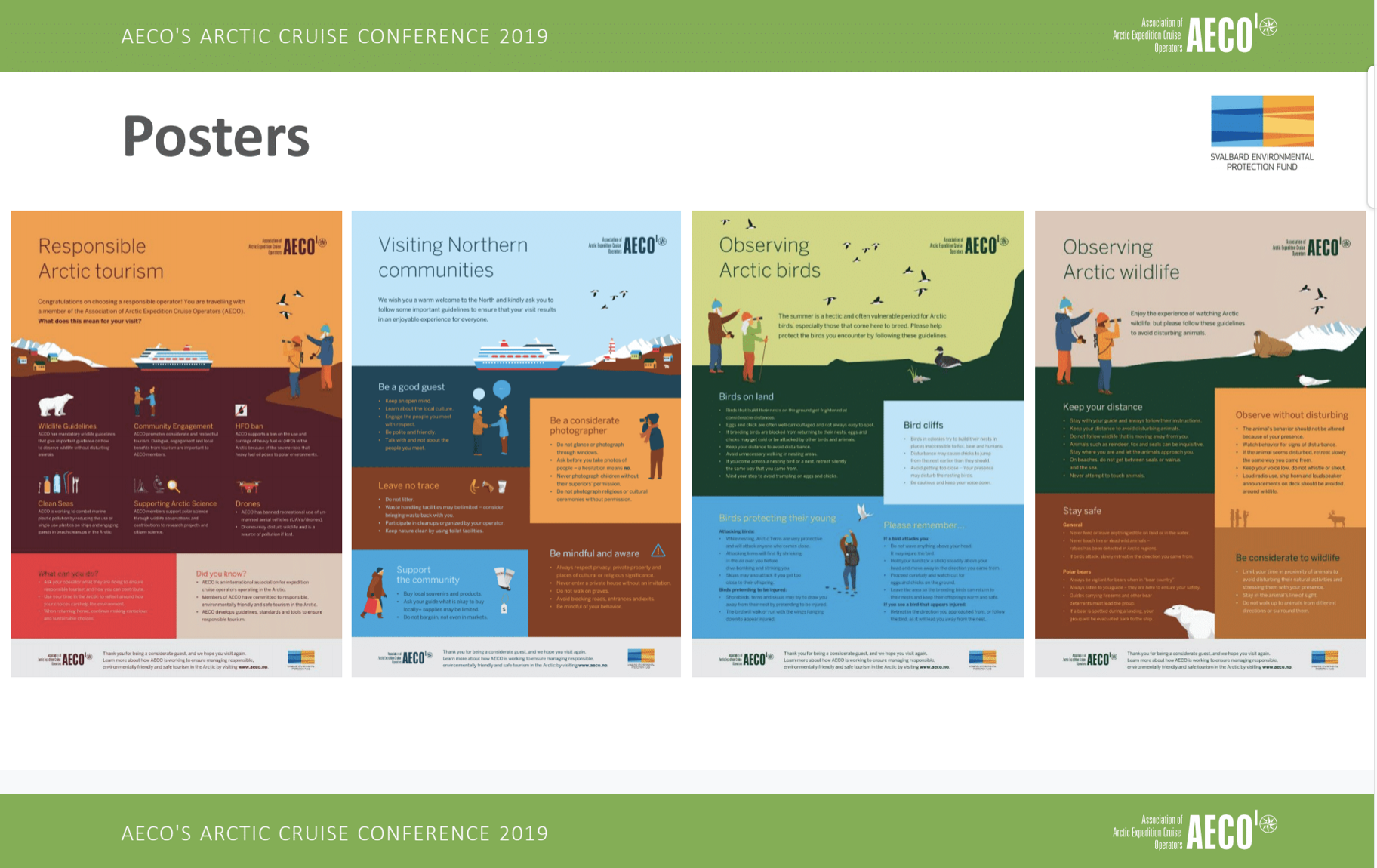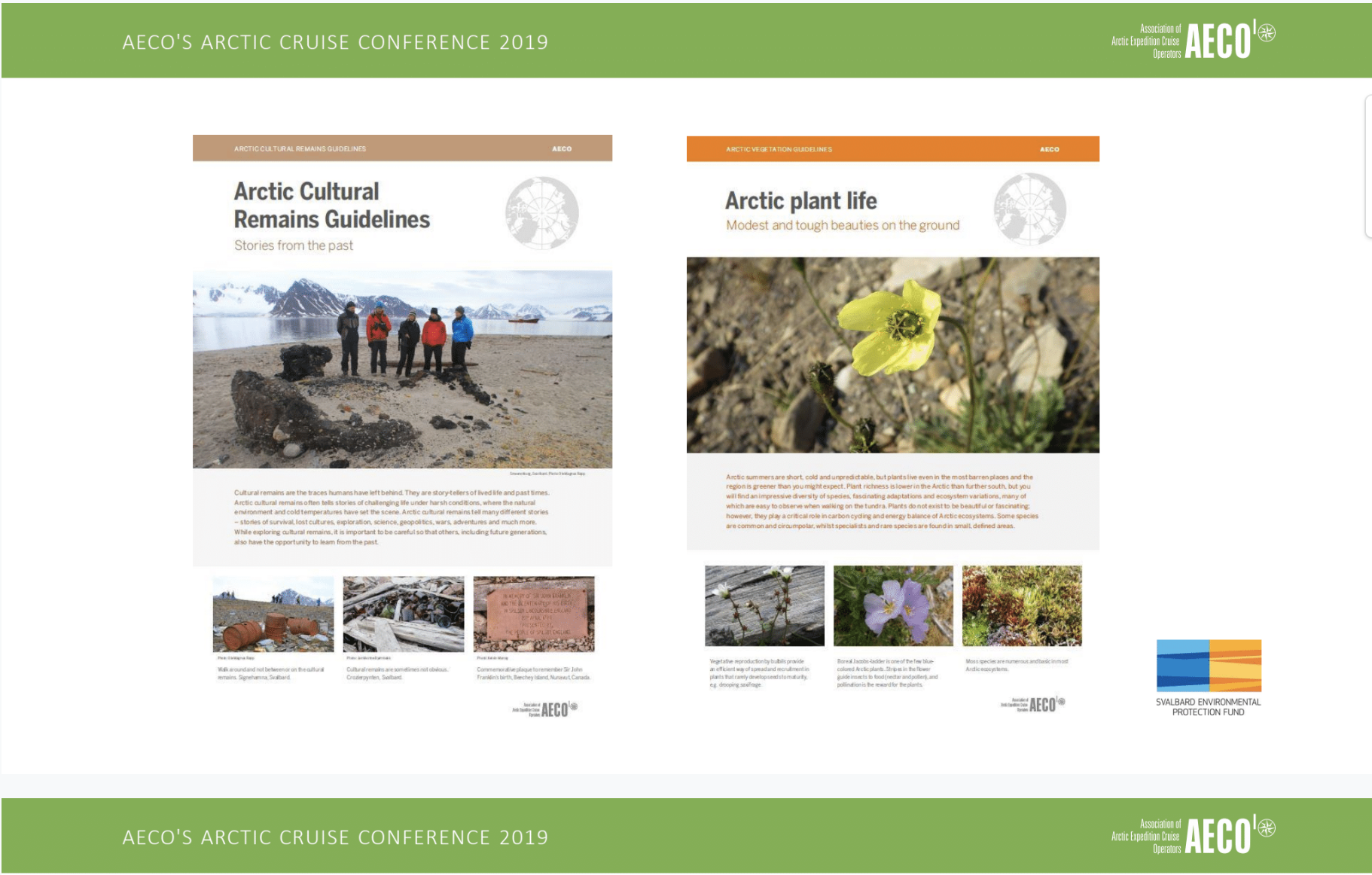At the recent Annual Meeting of The Association of Arctic Expedition Cruise Operators (AECO), the representative of the Governor of Svalbard, Aud Andersen, emphasized the State-goal of Norway: “Svalbard should be one of the world’s best-managed wilderness areas and the best-preserved high Arctic destination in the world“. That the country in the 1990s committed to this goal, established new national parks, environmental law and the Svalbard Environmental Protection Fund can be seen as the outcome of a joint campaign of conservation NGOs and tour companies. The roots of LT&C go back to this success story and it is profiled as LT&C-Example. It is, therefore, encouraging to see how AECO today is engaged in developing various guidelines significantly advancing the 10 principles for Arctic tourism once published as WWF-Linking Tourism and Conservation in the Arctic.
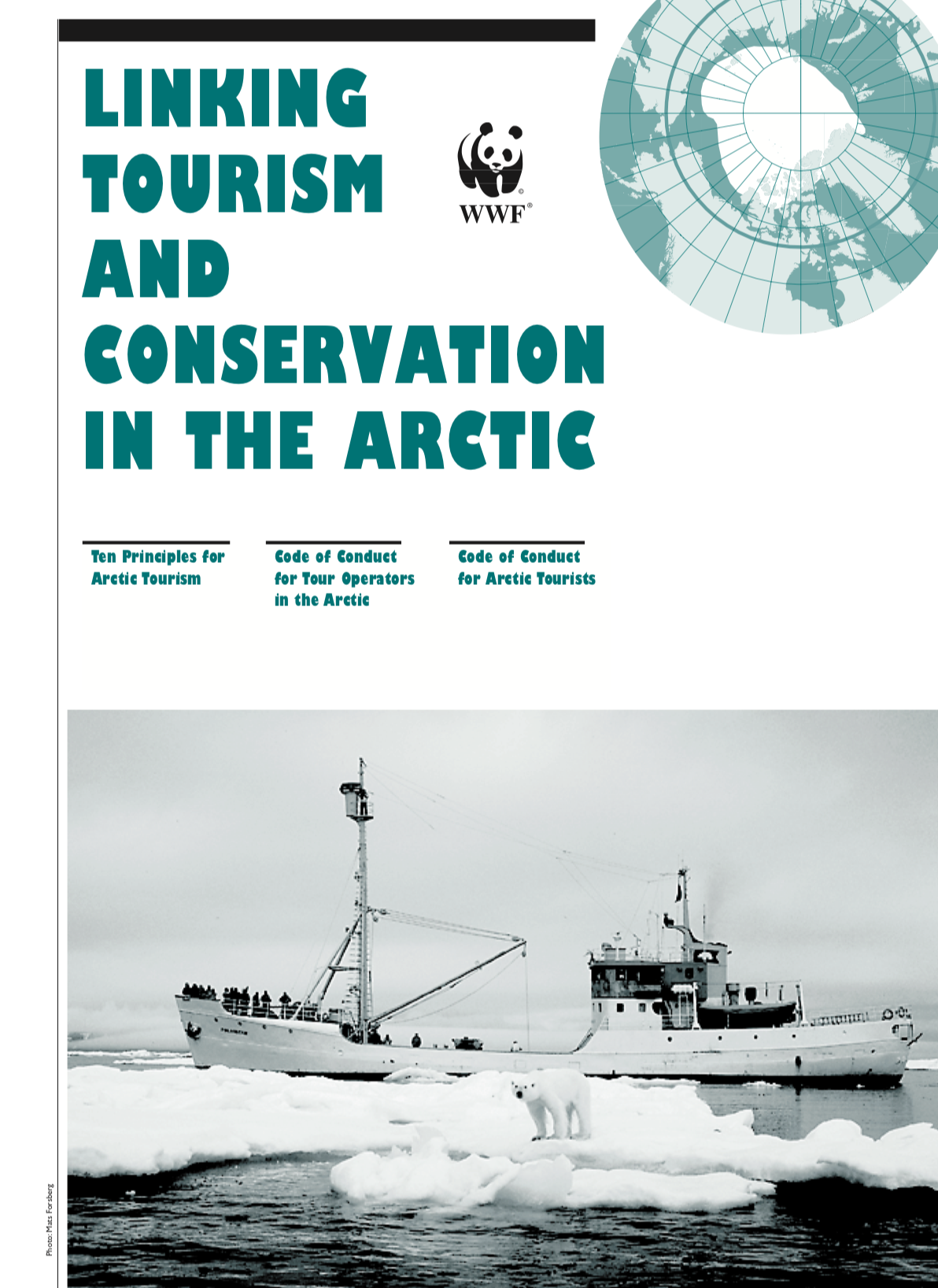
https://www.ltandc.org/wp-content/uploads/2016/10/wwf_tourism_conservation.pdf 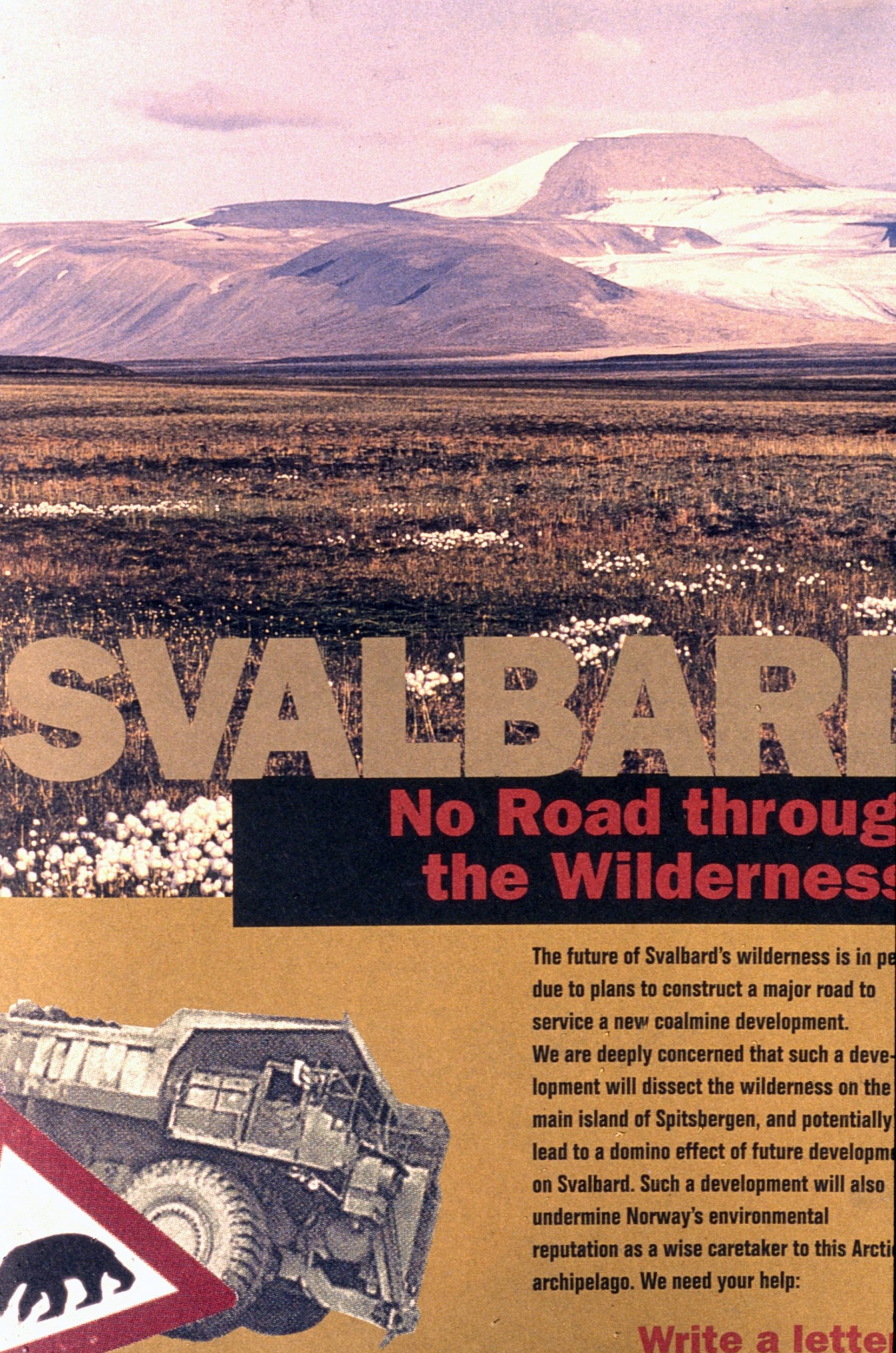
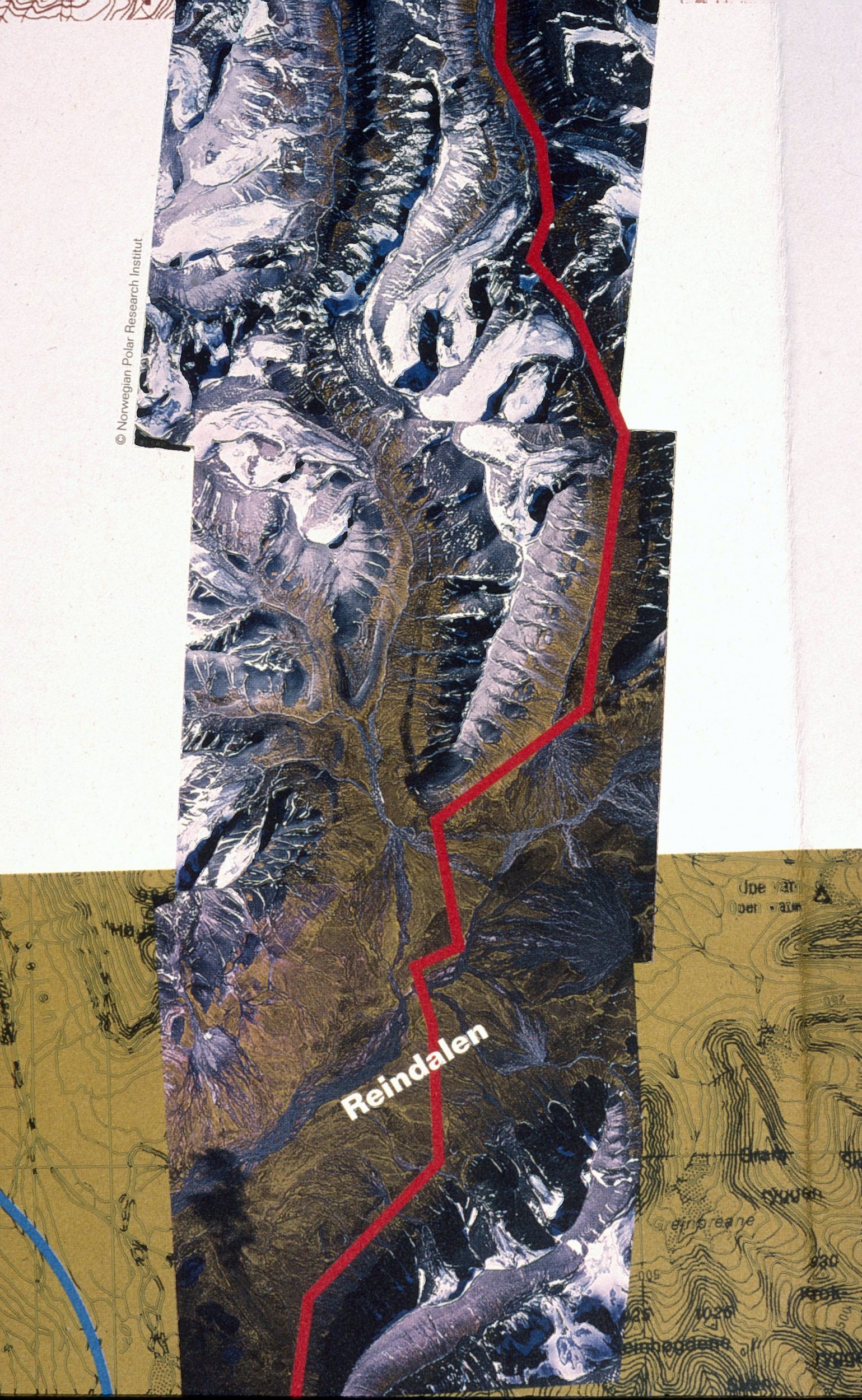
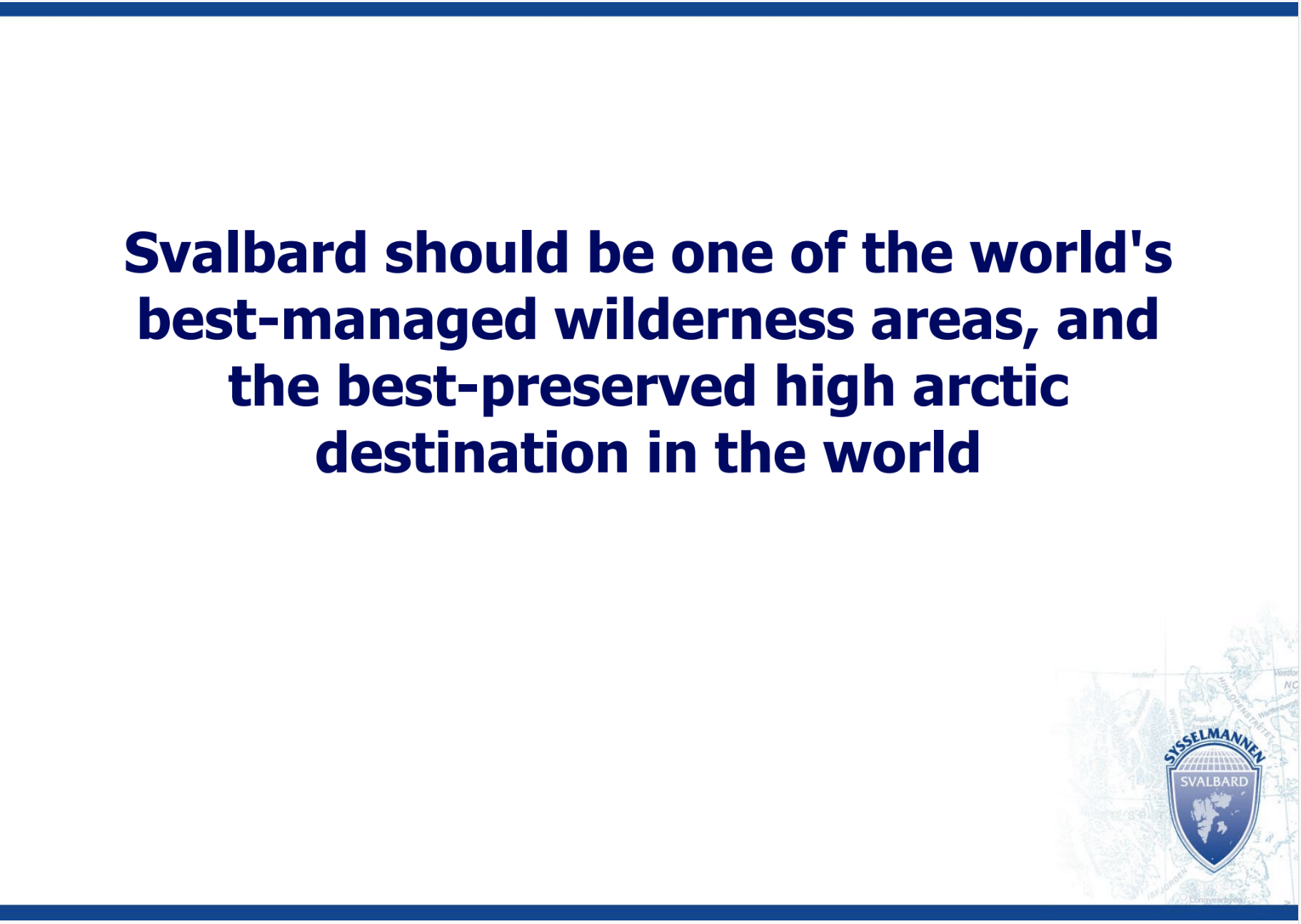
The State-Goal of Norway

AECO was founded in 2003 and has since become an important organization representing the concerns and views of Arctic expedition cruise operators. AECO is dedicated to managing responsible, environmentally friendly and safe tourism in the Arctic and strives to set the highest possible operating standards. Among
To ensure that expedition cruises and tourism in the Arctic
To agree upon and encourage the incorporation of specific standards and guidelines of operating expedition cruises in the Arctic.
To educate all interested groups and people about the Arctic and its unique environment, culture and natural history.
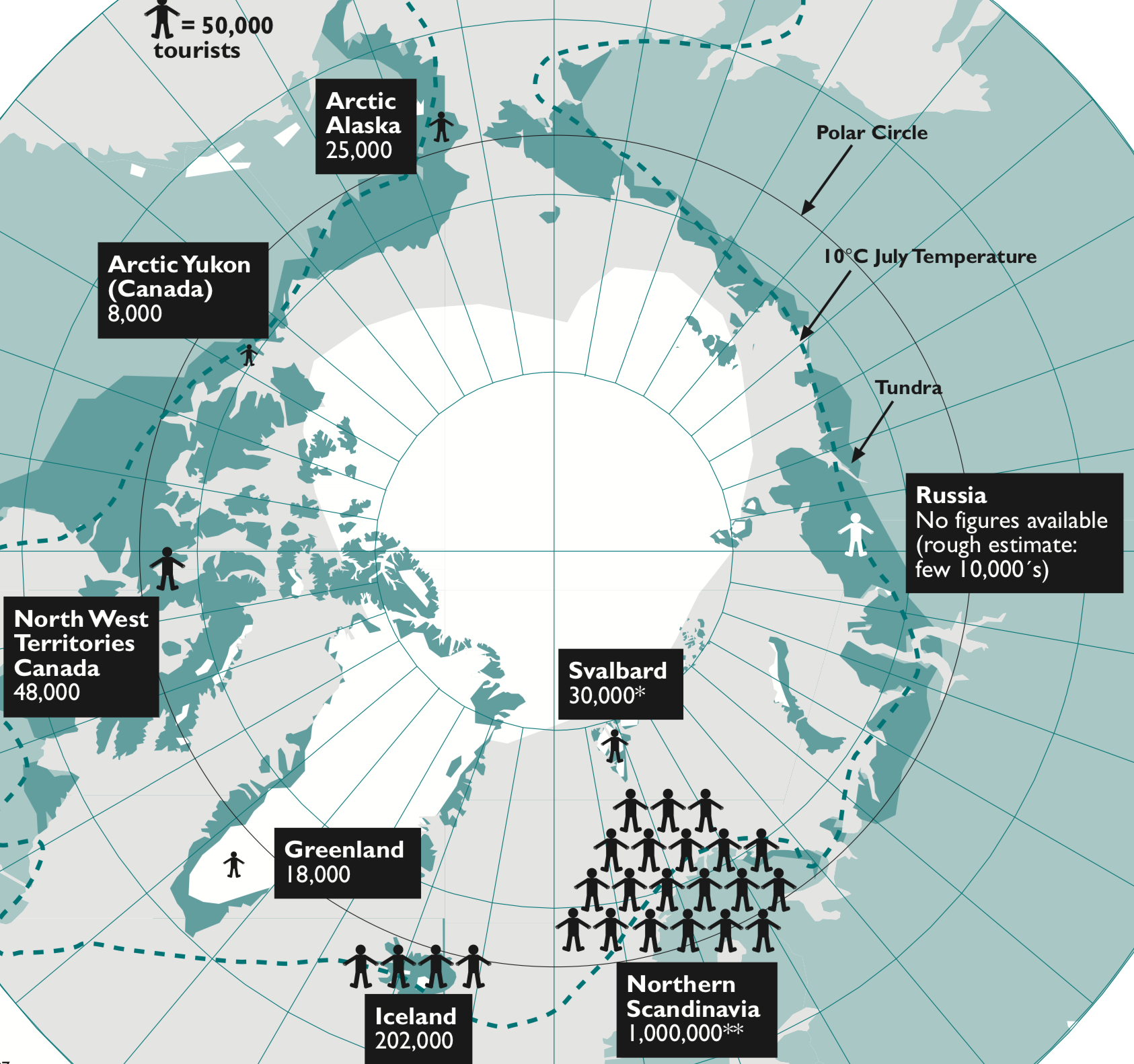
Arctic tourism numbers in the late 1990s, estimated by WWF
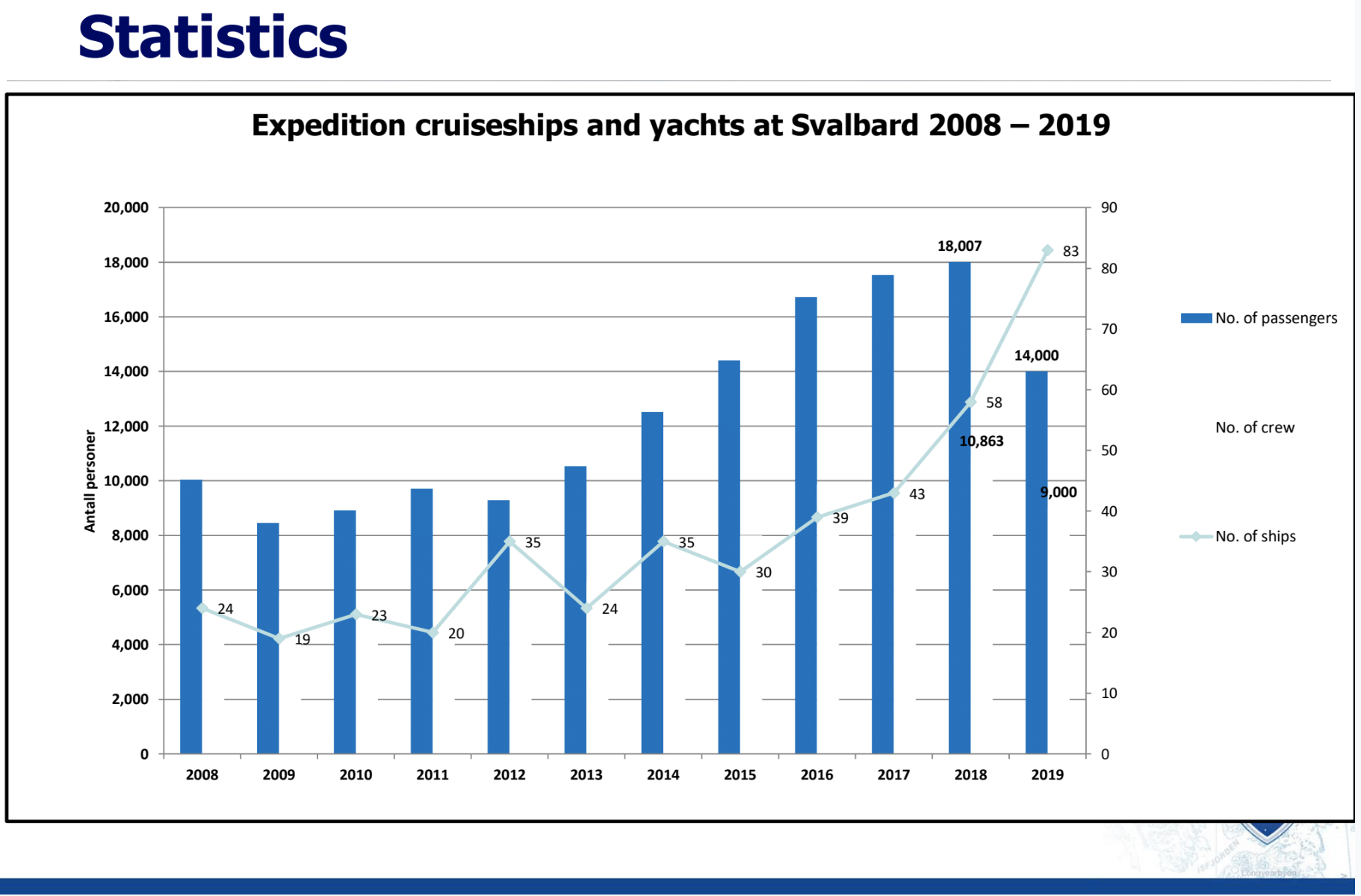
By 2000 when tour operators and WWF were discussing Arctic tourism development, it was estimated that Svalbard, as most visited High Arctic destination, received about 30 000 tourists per year. Since then the total numbers for Svalbard have about quadrupled. Of these, in 2018, 17 245 came on the smaller ships of AECO members performing expedition cruises to the archipelago, 45 097 on conventional cruises. Interestingly a study, presented at the AECO meeting, showed that the economic contribution of cruise tourism to Svalbard (amounting altogether at 110 million NOK) is with 4 235 NOK per expedition cruise passenger much higher than the 810 NOK per conventional cruise passenger.
Altogether Polar tourism is increasing rapidly, and every year more ships are reaching both the Antarctic peninsular and the High Arctic of Svalbard and Greenland in particular. Also, the number of vessels operated and managed by AECO members is growing permanently (see graphic above), and several more ships are at present in construction. This development leads to increasing environmental and social challenges. To manage this, AECO develops more and more specific guidelines, increasingly also for individual landing sites or settlements such as in Greenland. And the education of and rules for expedition guides is an essential topic for AECO.
At the recent AECO conference in Oslo surprisingly little was said about how their expedition cruise tourism is coping with the challenges of climate change. Although the issue is on top of global agendas and the Arctic is in particular focus as it warms up faster than other parts of the world, it is hardly answered what the individual passenger can do to compensate their climate footprint. LT&C recommends putting climate protection measures at least for the AECO Arctic Cruise Conference in 2020 high up on the agenda. Maybe AECO could even consider to engage in related projects and join forces with LT&C and our member South Pole.
When LT&C is offering study tours to the LT&C-Example Svalbard with our- and AECO-member Oceanwide Expeditions, we do this in order to get people inspired by impressive Arctic nature, make them engaging in nature conservation and increase the general awareness and chances for replication of such positive examples of tourism supporting protected areas. In regard to the associated climate footprint we expect from participants that they at least offset their carbon emissions by supporting projects which protect both climate and biodiversity. Together with South Pole we are striving to find more upscalable solutions against climate change and biodiversity loss. The new tool on our website is only a first step in that direction.

